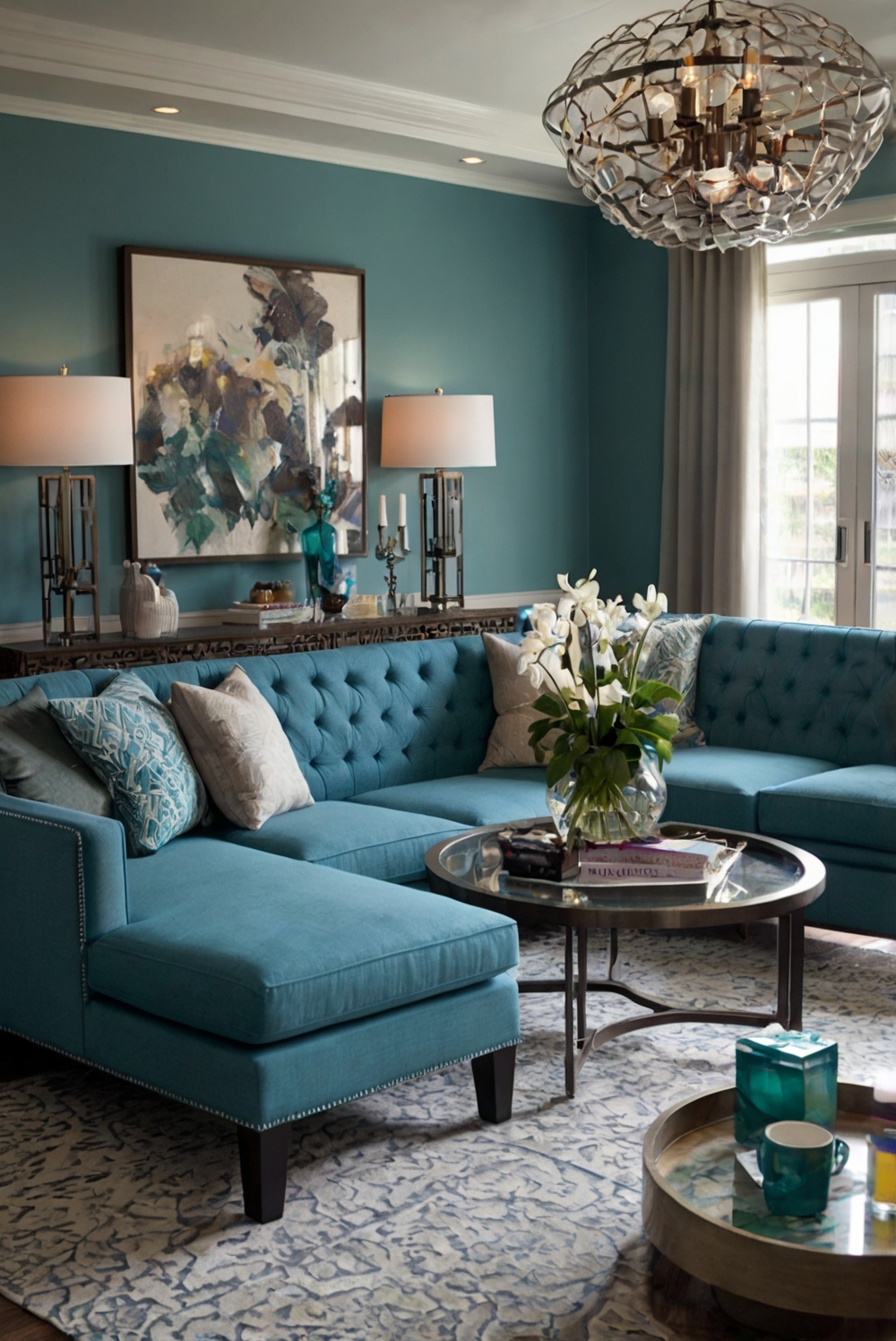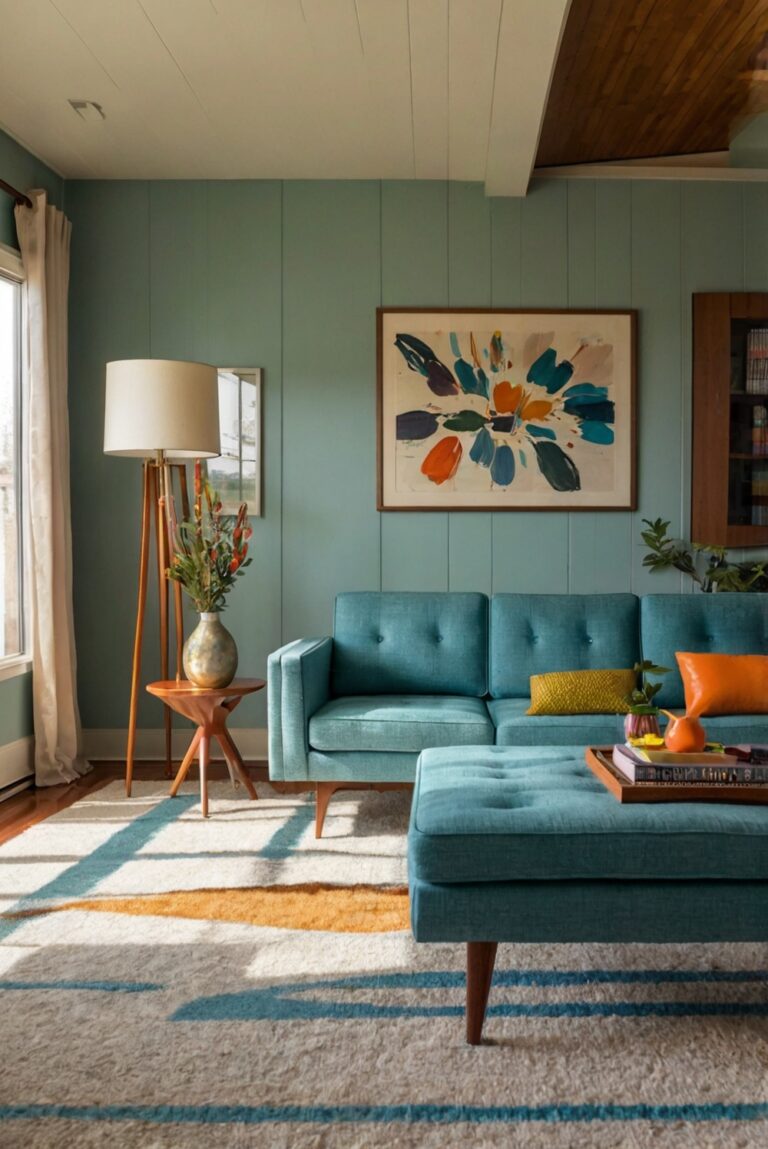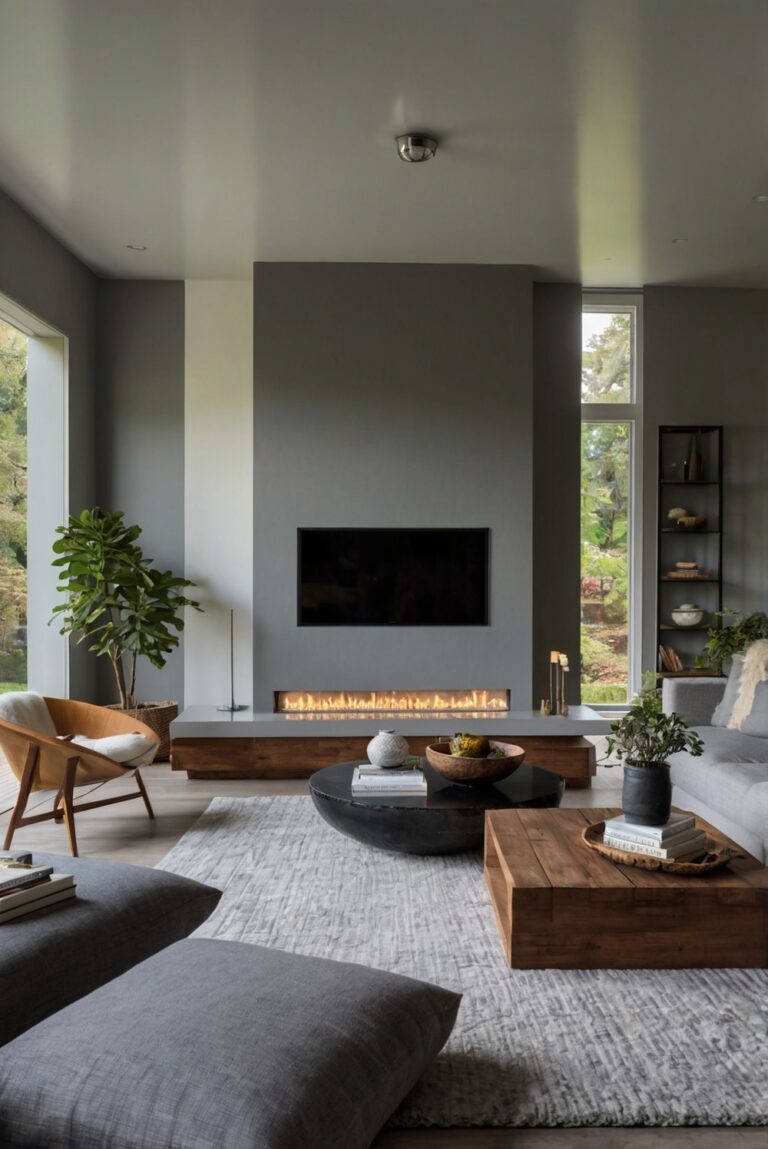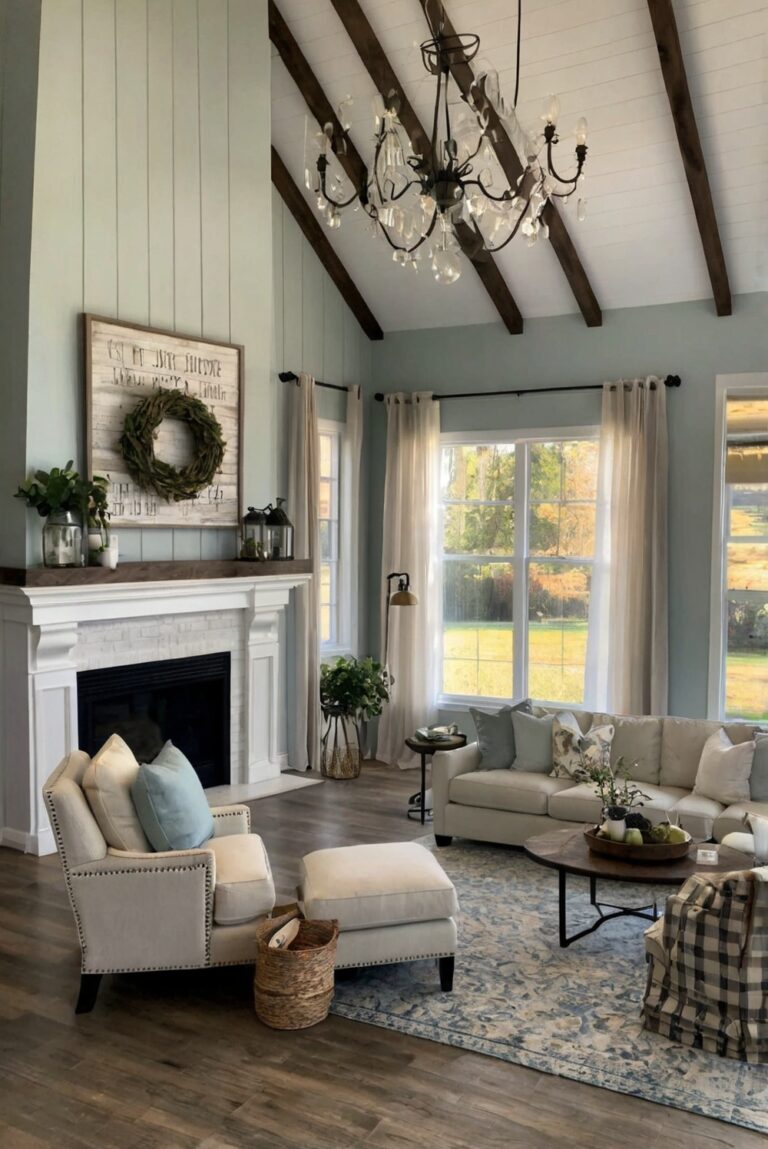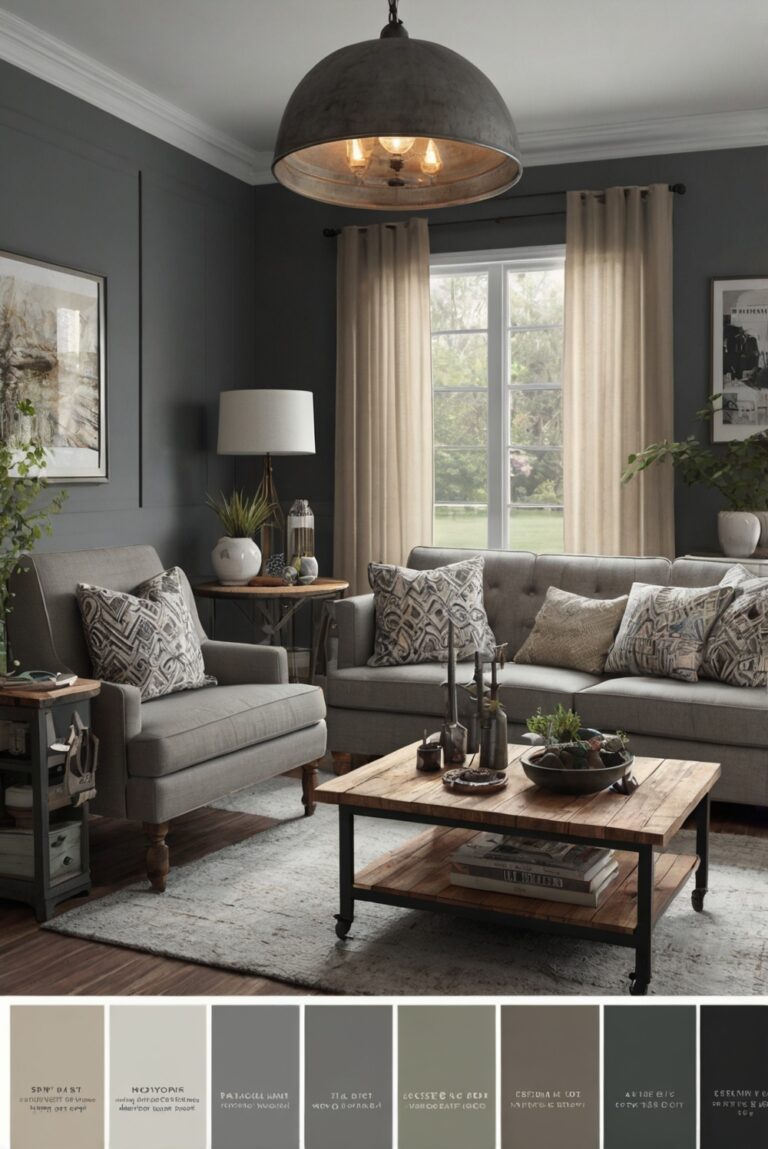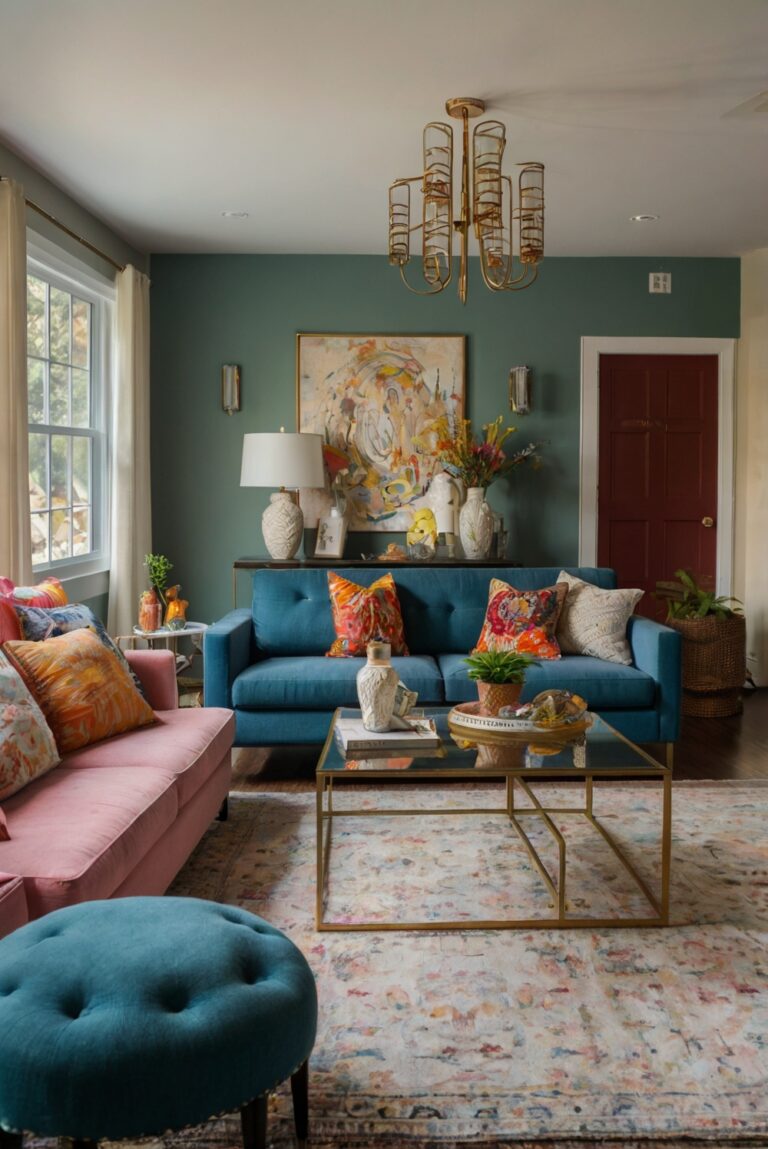Elevate your living room with a blend of furniture styles. Discover our daily routine for mixing and matching decor to create a harmonious and inviting space.
To mix and match different furniture styles in the living room, start by choosing a cohesive color palette that ties all the pieces together. Incorporate pieces that have similar shapes or materials for a harmonious look. Experiment with blending modern and traditional styles for a unique aesthetic. Consider scale and proportion to ensure all furniture pieces work well together in the space. Use area rugs to define separate seating areas if mixing multiple styles.
Space planning is crucial when combining different furniture styles in the living room. Make sure there is enough room for traffic flow and that the furniture arrangement is functional and visually appealing. Experiment with different layouts to find the best configuration for your space.
When integrating diverse furniture styles, consider the overall balance of the room by incorporating a mix of textures and patterns. Accessories such as throw pillows, curtains, and artwork can help tie the different pieces together and create a cohesive look.
Pay attention to the lighting in the room to enhance the mood and highlight the different furniture styles. Consider layering lighting fixtures to create a warm and inviting ambiance.
By following these tips and paying attention to detail, you can successfully mix and match different furniture styles in your living room to create a unique and personalized space that reflects your personal style and taste.
How to Mix and Match Different Furniture Styles in the Living Room?
Understand Your Style Preferences:
To successfully mix and match different furniture styles in your living room, it is crucial to first understand your style preferences. **Identifying** the **types** of **design** elements **you** are **drawn** to **will** help **you** **create** a **cohesive** **look**. Whether you prefer **modern**, **traditional**, **vintage**, **industrial**, or **bohemian** styles, knowing your preferences will **guide** you in **selecting** the **right** pieces.
Choose a Dominant Style:
While mixing styles, it is essential to choose a **dominant** style that will **anchor** the **room**. **Select** a **primary** style that **reflects** your **personality** and **serves** as the **main** **theme** of the **space**. This will **help** **create** a **unified** **look** and **prevent** the room from **feeling** **disjointed**.
Blend Contrasting Elements:
Mixing furniture styles **successfully** involves **blending** **contrasting** elements **to** **add** **interest** and **depth** to the **room**. **Combine** **different** **textures**, **colors**, **shapes**, and **materials** to **create** a **dynamic** **and** **visually** **appealing** **space**. For example, pair a **sleek** **modern** **sofa** with a **vintage** **accent** **chair** or **mix** **metallic** **finishes** with **wood** **furniture** for a **modern** **industrial** **look**.
Consider Scale and Proportion:
When mixing furniture styles, it is important to **consider** **scale** and **proportion** to **ensure** **balance** in the **room**. **Avoid** **overcrowding** the **space** with **large** **pieces** or **using** **furniture** that **overwhelms** the **room**. **Maintain** a **harmonious** **flow** by **mixing** **larger** **items** with **smaller** **accent** **pieces** to **create** **visual** **interest**.
Layer Accessories:
To **tie** **together** **different** **furniture** **styles**, **consider** **layering** **accessories** **such** **as** **rugs**, **pillows**, **artwork**, and **lighting**. **Accessories** **can** **help** **unify** **the** **room** **and** **add** **personality** **to** **the** **space**. **Mix** **and** **match** **textures**, **patterns**, **and **colors** to **create** **a** **cohesive** **look** that **reflects** your **style** **preferences**.
In conclusion, mixing and matching different furniture styles in the living room can **be** a **fun** **and** **creative** **process** that **allows** you to **express** your **unique** **taste** and **personality**. By **understanding** **your** **style** **preferences**, **choosing** a **dominant** **style**, **blending** **contrasting** **elements**, **considering** **scale** and **proportion**, and **layering** **accessories**, **you** **can** **create** **a** **harmonious** **and** **stylish** **living** **space** that **reflects** **your** **individuality**. **Experiment** **with** **different** **combinations** **and** **have** **fun** **transforming** **your** **living** **room** **into** **a** **personalized** **and** **inviting** **retreat**.
1. What are the key ways to mix and match different furniture styles in the living room?
Mixing and matching different furniture styles in the living room can create a unique and eclectic look. To achieve this, consider incorporating a unifying element such as color, texture, or shape. For example, you can choose a neutral color palette and mix furniture pieces with similar textures. Additionally, consider the scale and proportion of each piece to ensure they complement each other. Mixing modern and traditional styles can also create a visually interesting contrast. Experiment with different combinations until you find a balance that suits your taste and style.
2. How can I mix different furniture styles without creating a chaotic look?
To avoid a chaotic look when mixing different furniture styles in the living room, start by selecting a cohesive color scheme that ties the pieces together. Incorporate a mix of styles gradually, rather than trying to combine everything at once. Consider using a focal point, such as a statement piece of furniture or artwork, to anchor the room and create a sense of unity. Additionally, maintain a sense of balance by mixing larger and smaller pieces, as well as different textures and materials. Remember, less is often more when it comes to mixing furniture styles.
3. What are some tips for mixing modern and traditional furniture styles in the living room?
When mixing modern and traditional furniture styles in the living room, it’s important to strike a balance between the two aesthetics. Start by choosing a dominant style as the foundation and then incorporate elements from the other style as accents. For example, pair a sleek modern sofa with a traditional wooden coffee table or vice versa. Consider mixing materials like metal and wood to add visual interest. Mixing modern and traditional styles can create a dynamic and inviting space that showcases your personal style and creativity.
4. How can I mix furniture styles in a small living room?
Mixing furniture styles in a small living room requires careful planning to avoid overwhelming the space. Start by selecting pieces that are appropriately scaled for the room and avoid overcrowding. Consider using multi-functional furniture, such as a storage ottoman or a nesting coffee table, to maximize space and functionality. Stick to a cohesive color palette and incorporate mirrors to create the illusion of a larger space. Experiment with different furniture arrangements to find the best layout that allows for easy flow and movement. Mixing furniture styles in a small living room can create a cozy and visually interesting environment.
5. What are some common mistakes to avoid when mixing and matching furniture styles in the living room?
When mixing and matching furniture styles in the living room, it’s important to avoid some common mistakes that can detract from the overall aesthetic. One common mistake is not considering the scale and proportion of the furniture pieces, which can result in an unbalanced look. Avoid matching everything perfectly, as this can create a sterile and uninteresting space. Another mistake to avoid is cluttering the room with too many different styles, which can make the space feel chaotic and overwhelming. Finally, make sure to mix furniture styles in a way that reflects your personal taste and style, rather than following trends blindly.

